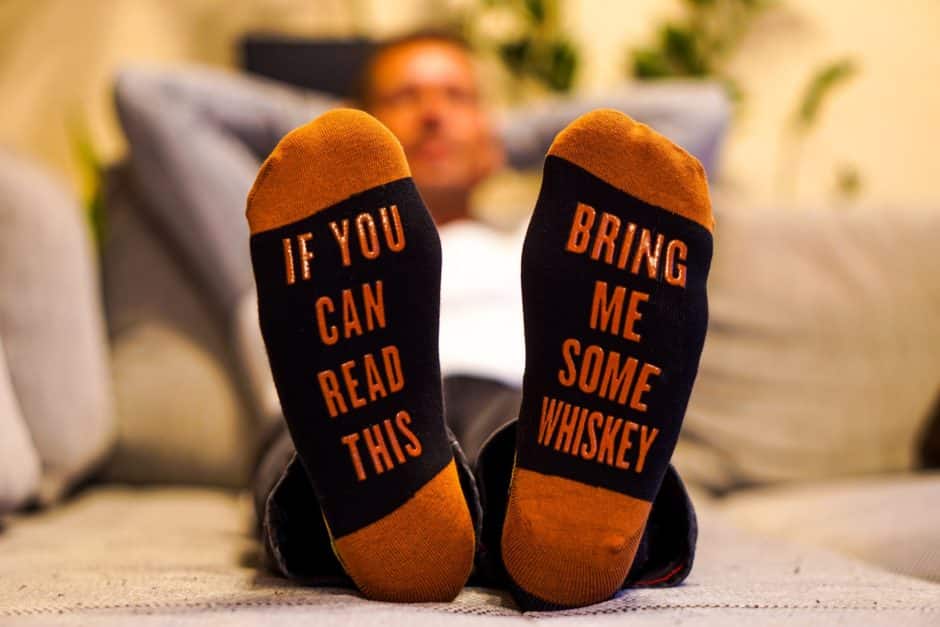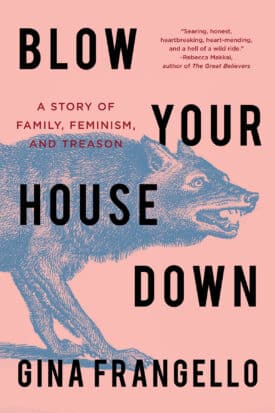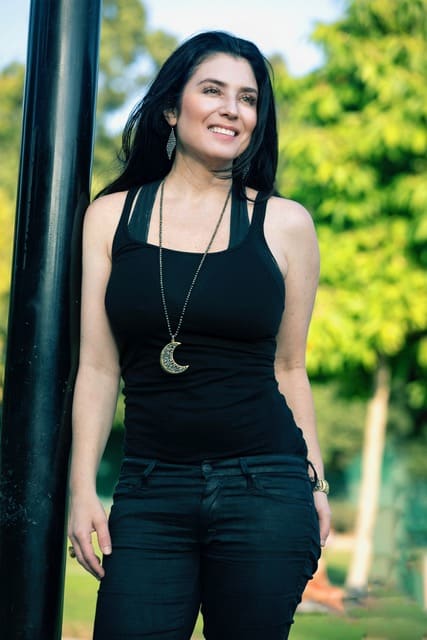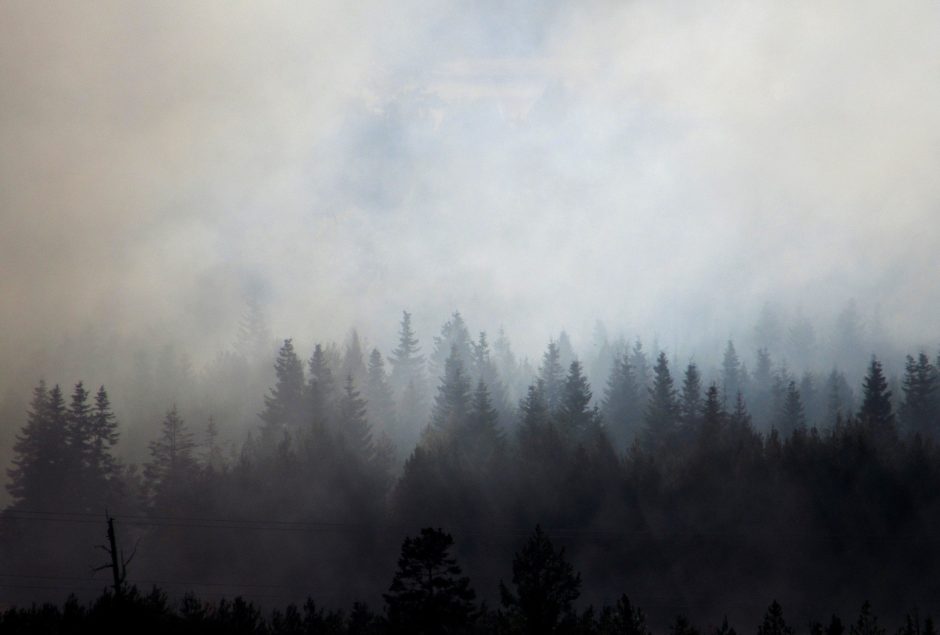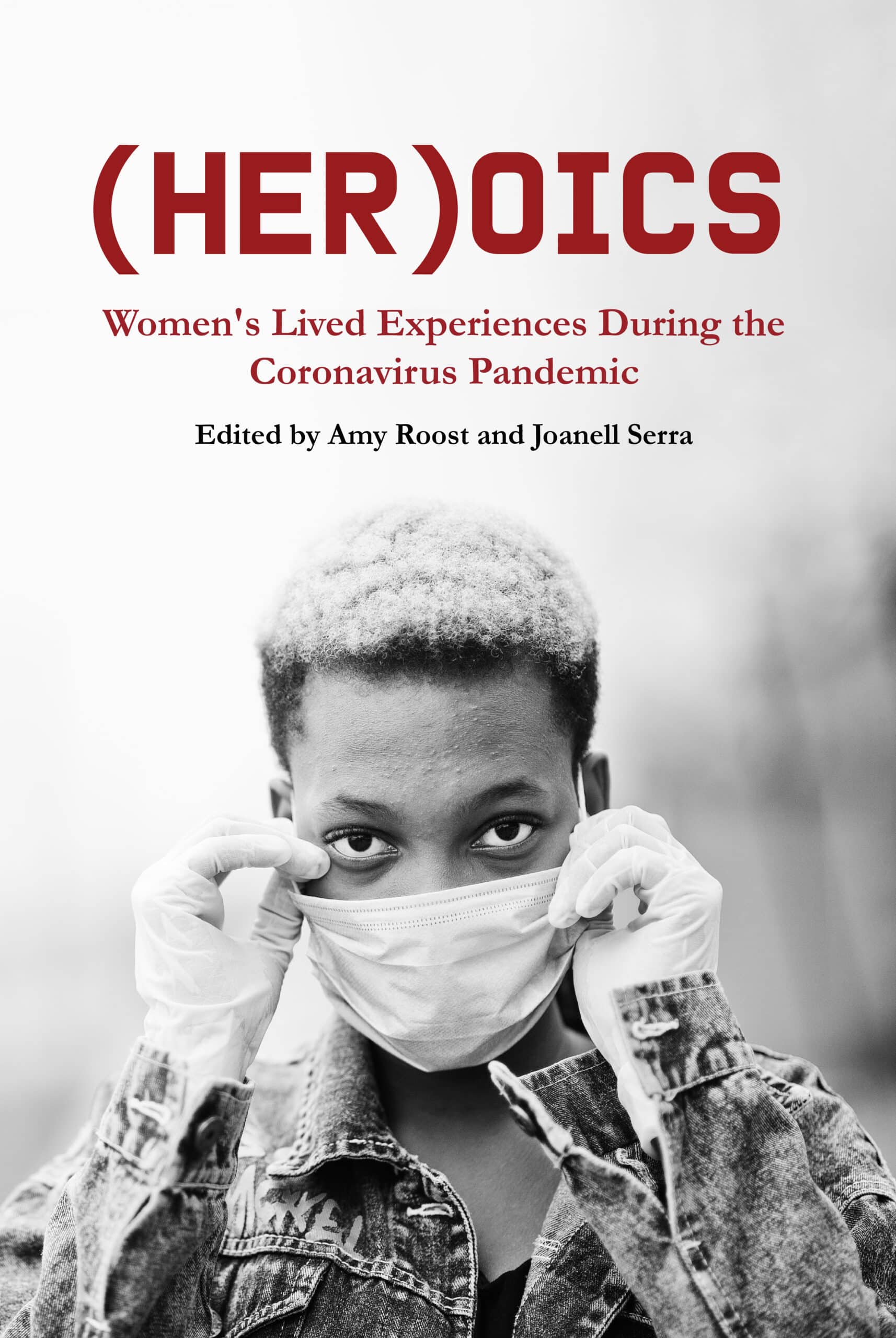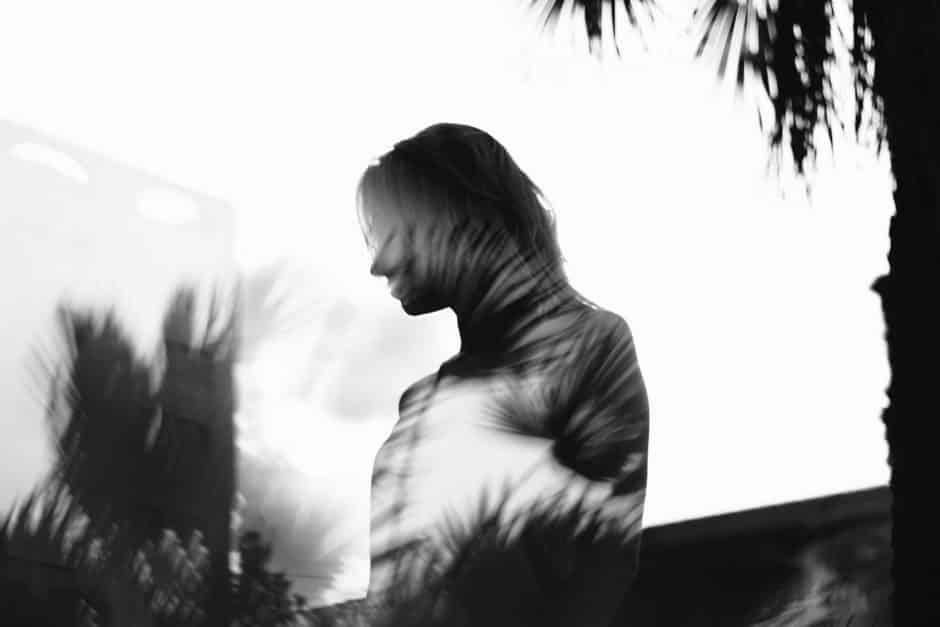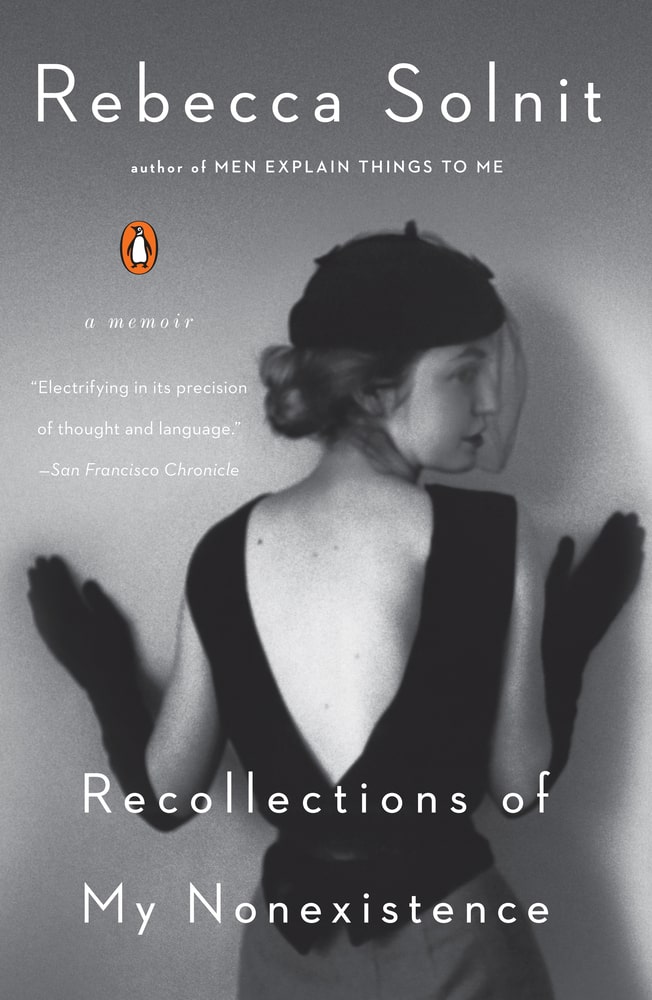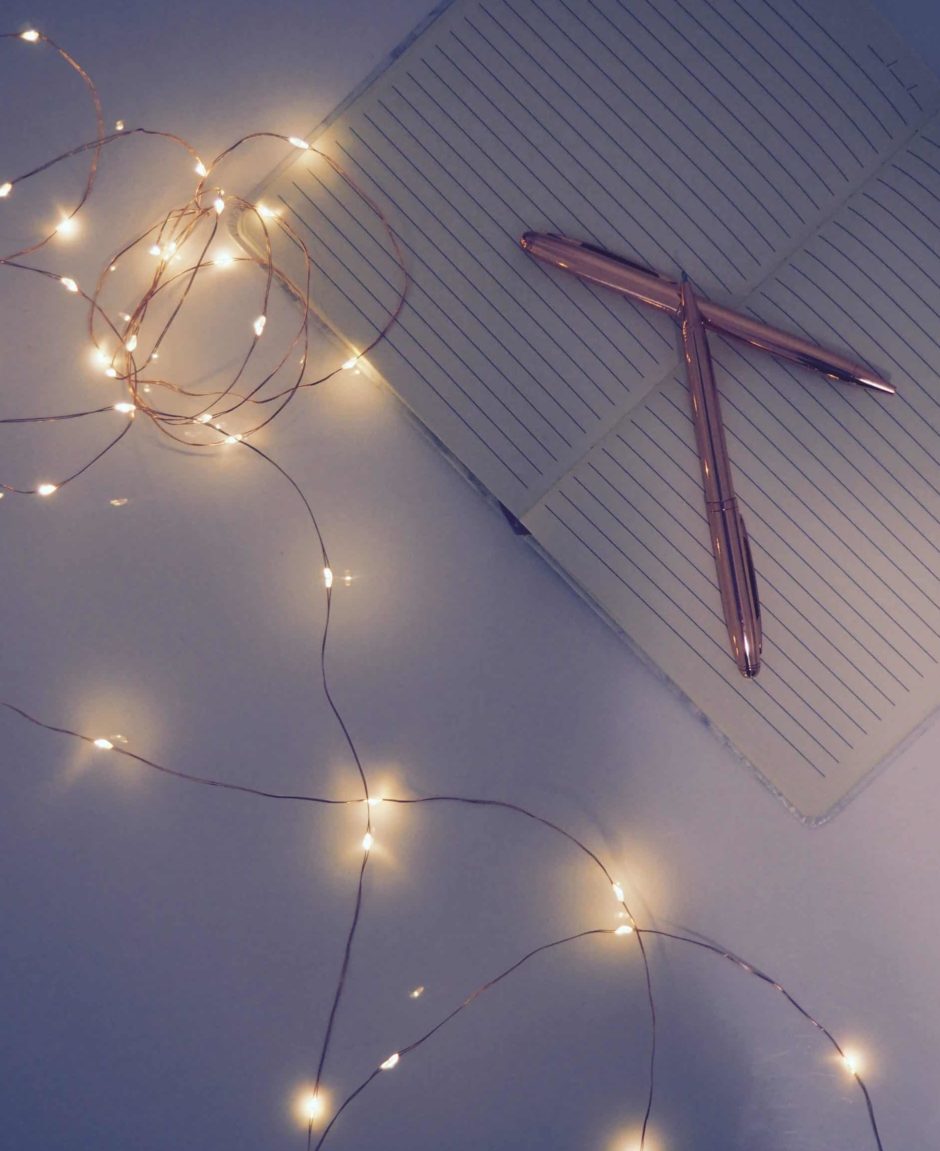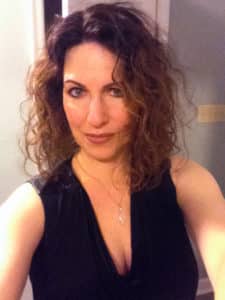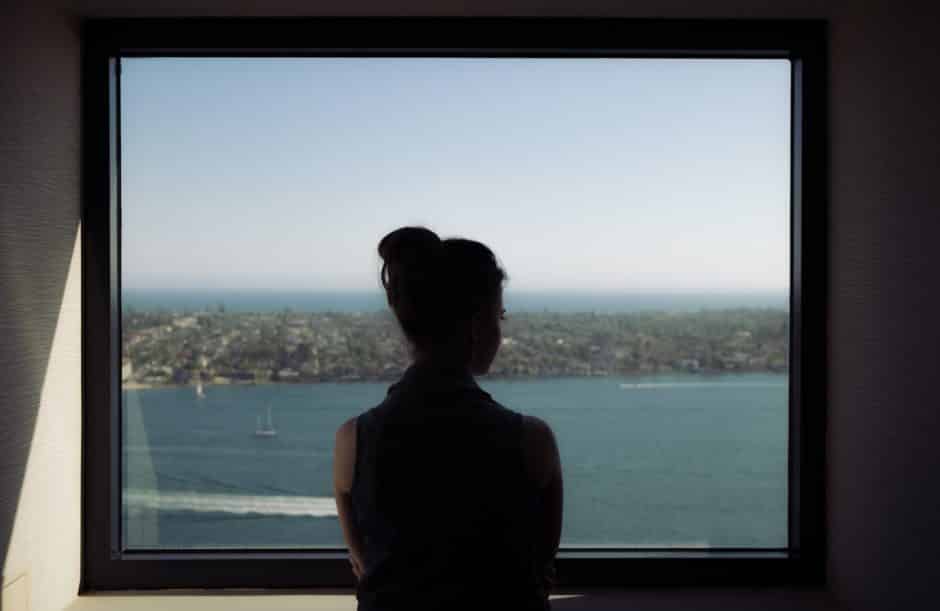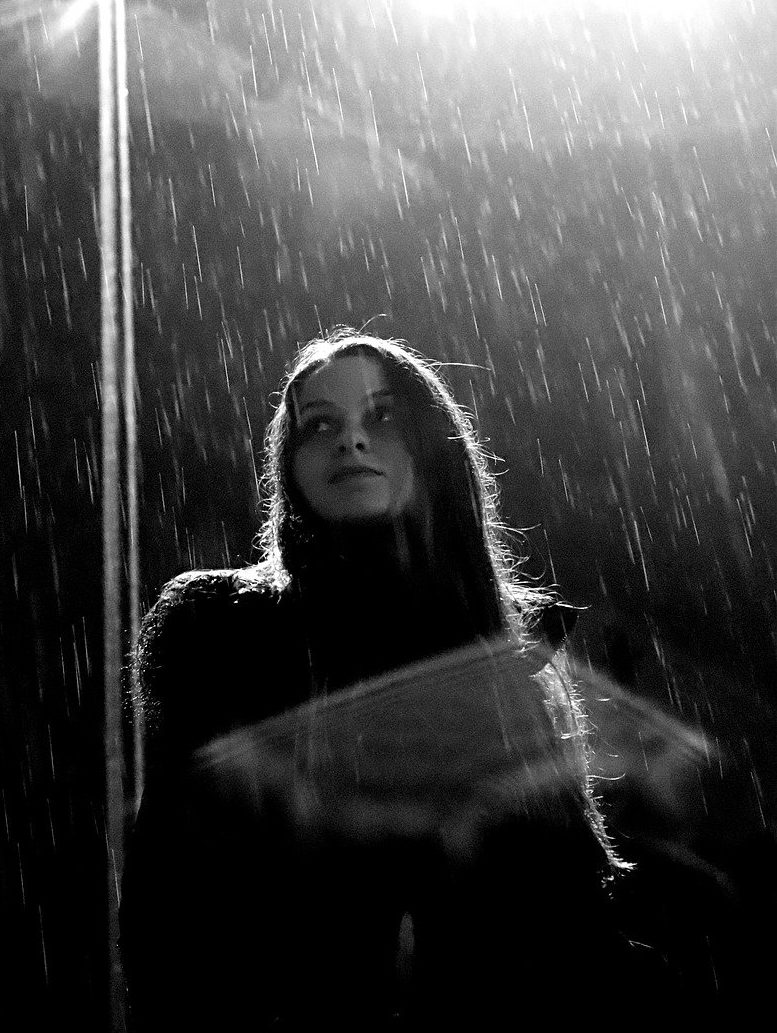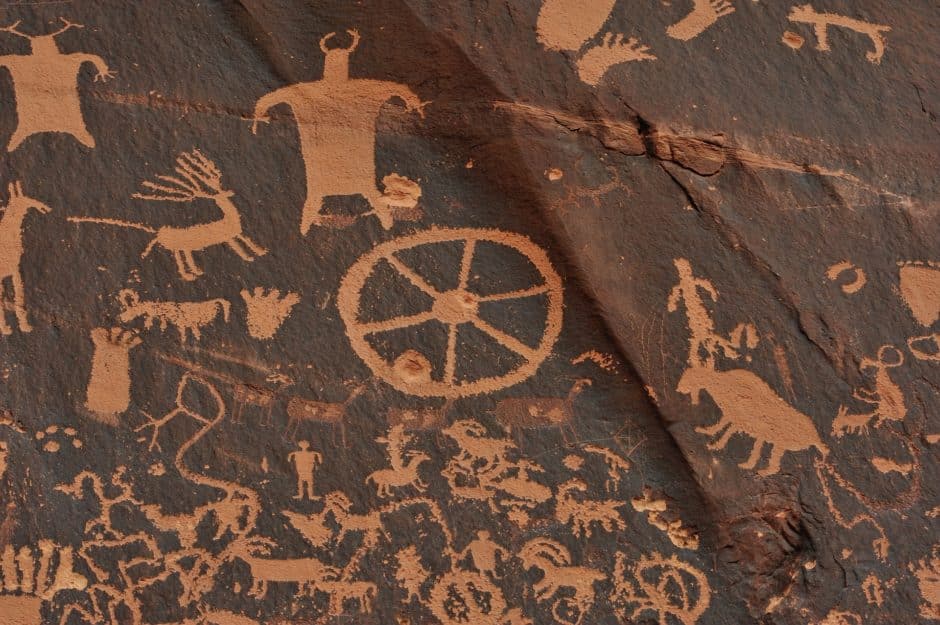by Debra Ryll
I get it: if you’re white and you are not living under a bridge, you’re not allowed to complain about anything. But as I look at my spouse of thirty plus years, my sole dinner companion for lo, the last two hundred nights, I wonder: can I bring a paperback to the table, like those people you see on vacation?
I take a bite of the mushy broccoli he prepared. “Oh, bummer, it’s overcooked.”
“I don’t want to start a fight with you over this!” he says.
“I’m not starting a fight! I just made a comment!” And then we start fighting about the fact that we aren’t fighting.
Husband Fatigue. It’s real, people.
I know, I’m lucky to have a companion. How dare I complain when so many single people are plumbing the depths of loneliness? My issues are irrelevant, as trivial as the BAND-AID wrappers he leaves on the counter, just inches from the trash can.
This far into confinement-while-married, every irritant is magnified, and all the old adages are suddenly relevant. Like, “familiarity breeds contempt,” and “absence makes the heart grow fonder.” Or would.
I remember laughing hysterically at a video I saw at the beginning of the pandemic, where a woman hides in the closet so her husband can’t find her. That was back in March. In April, when the daffodils were blooming defiantly, we were all, “We’ve got this!” And in May—though we joked that our theme song was “How Can I Miss You When You Won’t Go Away?”—Fred and I were still playing ping pong and drinking margaritas on Friday nights.
And then came the horror of George Floyd’s televised murder. The riots, the fires, the smoke, the unbreathable air. Vladimir Putin being nominated for the Nobel Peace Prize, after his chief critic was poisoned with a toxic nerve agent. The passing of RBG, along with a peek into the Grifter-in-Chief’s tax returns, which included a $70,000 expense for hair care. Can I get a deduction, for overworked adrenals?
Mama said there’d be days like this. But weeks, months? Years?
In the middle of it all, we sold our house and moved into a rental with only one TV hookup. “That’s okay,” I said, “we mostly watch the same shows.” I must have been brain dead, because I completely forgot about the return of Monday Night Football. And Sunday Night Football. And Thursday Night Football.
As happy as I am that my husband has sports back in his life, when he asks, “Who’s winning?” on his way back from the kitchen I can’t resist saying, “The Denver Foresters” or “the L.A. Fire Chiefs.” He rarely laughs at my jokes, and I don’t really care. I just want him to fix that loose towel rack in the bathroom. And quit leaving his shoes in the middle of the floor. And stop taking the unused dog waste baggies out of his pockets and leaving them… everywhere.
Does Michelle Obama have to deal with this after Barack walks Sunny and Bo?
I want my husband to quit stealing my handicap placard. To please stop throwing away the newspaper before I read it. And why, dear God, can’t he put his pocket change in one place instead of making little currency deposits on every surface in the house? No wonder there’s a coin shortage.
I’m rinsing out the unwashed jar of spaghetti sauce he “mistakenly” slipped into the recycle bin (The Artic isn’t going to save itself, Buddy) when Fred interrupts. It must be halftime. What an odd nomenclature for a sport with a half-life similar to uranium.
“Can you teach me how to Zoom?” he asks. “I have an appointment with my doctor on Thursday.”
I can’t punt this to Siri, so I wash my hands for the hundredth time, set up a meeting for the next morning, and send him an email invite. He takes it in the bedroom, and I connect on the other side of the wall, in the living room.
Funny, he looks different on screen. I’m livestreaming my husband! He could be a thousand miles away… instead of ten feet. And we always get along better when we’re apart.
I tell him to “unmute” himself, the opposite of what I normally try to do. He smiles and says, “You look so pretty today,” and I blush. Because he’s the only one who sees me without a mask, and let’s face it, masks hide a multitude of sins. Once you forgo lipstick, it’s a very small step to skip concealer… foundation… eye shadow… mascara. Ponytails have long since replaced blow drying, and I’ve been somewhat remiss in plucking my chin hairs of late.
I complement him on his haircut in return. We’d been arguing over his quest for “the Jeff Bridges look” for years. “Jeff Bridges has a stylist,” I’d repeated, ad infinitum. “Jeff Bridges doesn’t go to Supercuts.” When the salons re-opened he finally agreed to make an appointment at mine, and at last, the blowzy grey “wings” that usually frame his ears like Bozo the Clown are gone.
Slipping into pretend Doctor mode, I ask how he’s doing and he responds with the same litany of complaints I’ve heard a thousand times. But this time I actually listen. Whoever said “variety is the spice of life” wasn’t kidding. It’s like we’re on TV doing Improv or starring in our own reality show. Who knew that the separation provided by 2×4 studs and a few sheets of drywall could have such a profound effect?
Because on the other side of the wall, this is the same guy who bitches about the San Diego Chargers moving to L.A. and how the Raiders got their own four billion dollar stadium in Las Vegas that that big shot Sheldon put up and you can see the Mandalay Bay Resort from every seat and why do the Chargers have to share a stadium with the Rams just because that cheap shit guy Spanos who owns the Chargers wants the people of San Diego to pay for it?
It’s the same guy who over-steams veggies, but barbecues like Guy Fieri. The one who feeds the hummingbirds and pumps up the air in my bike tires and puts windshield wiper fluid in some mysterious tank under the hood of my Honda so I can see clearly. The one I fell in love with when he bought me a chocolate malt for breakfast after our first all night “date.” The same man who accidentally taped the Marvin Hagler fight over our wedding vows 36 years ago. But we got over that, and if I can just ignore that pile of pocket change glinting in the background, we’ll get over this. Because he’s the one I pledged to stick with—through better or… wait a minute, I just realized: our anniversary is right around the corner.
I should send him a Zoom invite. And find those tweezers.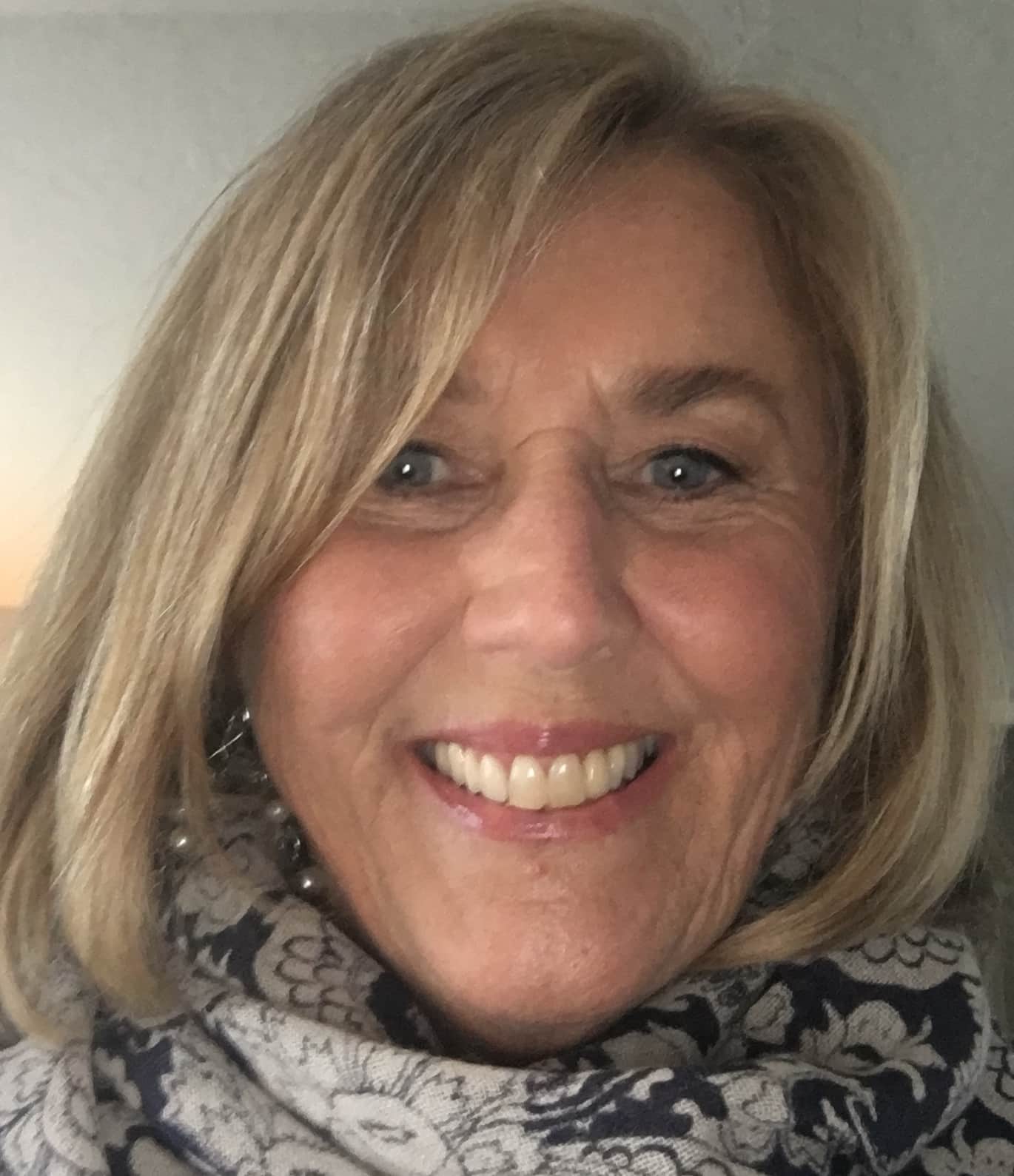
Debra Ryll is freelance writer, a TEDx Monterey speaker, a children’s book author… and a reformed smuggler, working on a memoir.
~~~~~~~~~~~~~~~~~~~~~~~~~~~
Blow Your House Down is a powerful testimony about the ways our culture seeks to cage women in traditional narratives of self-sacrifice and erasure. Frangello uses her personal story to examine the place of women in contemporary society: the violence they experience, the rage they suppress, the ways their bodies often reveal what they cannot say aloud, and finally, what it means to transgress “being good” in order to reclaim your own life.
Pick up a copy at Bookshop.org or Amazon.
~~~~~~~~~~~~~~~~~~~~~~~~~~~
Anti-racist resources, because silence is not an option
~~~~~~~~~~~~~~~~~~~~~~~~~~~

